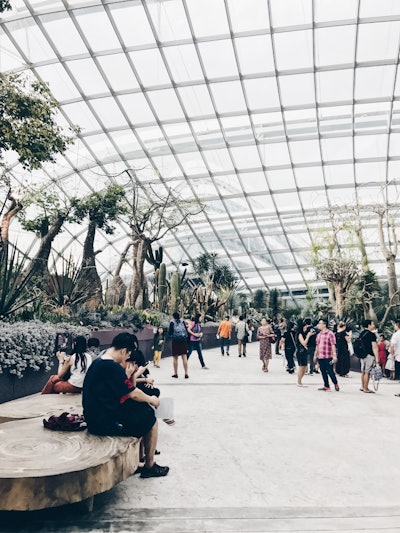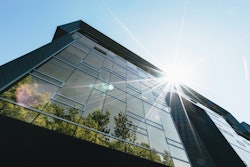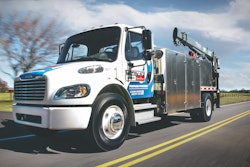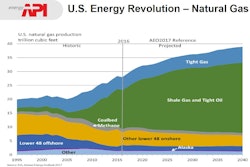
Buildings have a massive environmental footprint—to the tune of 40 per cent of energy consumed worldwide, and 40 per cent of global emissions generated.
But the sector is moving to reduce its environmental impact. Progress this year included a plan to build 1,000 eco-mosques in Indonesia, a record number of real estate companies reporting on environmental, social, and governance (ESG) performance, factors, and the global sand crisis.
Here are the top 5 green building stories from the year from Eco-Business:
1. Record-breaking number of real estate firms are reporting their sustainability performance
More real estate companies are reporting their performance on environment, social and governance (ESG) indicators than ever, and are showing improvements in areas such as energy, water and waste, according to the results of this year’s Global Real Estate Sustainability Benchmark (GRESB) survey.
2. The $3.4 trillion opportunity
Rapid urbanisation will drive the number of new buildings up by 20 percent by 2025, and investments in green buildings in emerging markets could reach as high as $3.4 trillion, found a study conducted by the International Finance Corporation.
3. Better materials for better construction
Going back to basic mud bricks would be better for the environment and the pocket, a Sri Lankan study found this year. Researchers at MIT are also testing a series of mixes to find more durable and environmentally friendly concrete, as the international market for sustainable materials grows. It could even reach $187 billion by 2026, according to a report.
Despite progress in the search for more sustainable construction materials, the demand for sand—a resource so vital in construction—continues to drive the global sand crisis continues to escalate.
4. Going beyond green building standards
Green building standards alone are not enough to ensure our buildings will be as carbon light as we need them to be, said Thomas Auer, managing director of German climate engineering firm Transsolar, in an interview with Eco-Business this year on the sidelines of the World Sustainable Built Environment Conference 2017 in Hong Kong.
He said: “I do not believe that technology will bring us to where we have to be. It will make a significant contribution, but we have to combine it with behaviour change, which is easy to translate into building operations and could have a big effect right away.”
5. Eco-mosques
The country with the world’s largest concentration of Muslims is set to establish 1,000 eco-mosques by 2020. Led by Indonesia’s top clerical body, the Indonesian Ulema Council (MUI), these places of worship will run on renewable energy, improve their water efficiency and waste handling, and serve as centres of environmental education.
“Most Muslims in Indonesia listen more to religious leaders than the government,” said a MUI representative.


















